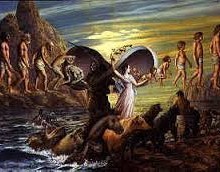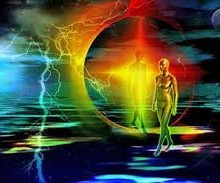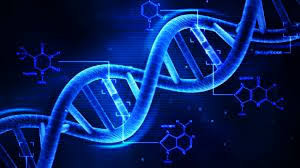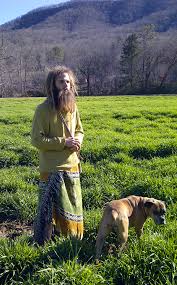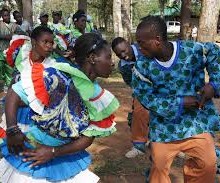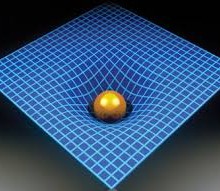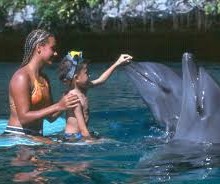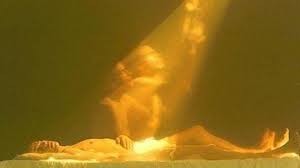This is somewhat like the ancestral line, and there are also reflections in the genes and chromosomes undetected by our scientists. The ancestral and reincarnational lines merge to some extent to form what we think of as our genetic patterns ahead of time, so to speak. Before this life we chose what we wished from those two main areas.
Reincarnational experience is also transmitted, then, and can be re-translated from a biological code-imprint into emotional awareness. However, as we are not our parents or our ancestors we are not our “reincarnational selves.”
We cannot say that our ancestors, like some strange plants,were growing toward what we are, or that we are the sum of their experiences. They were, they are, themselves. We cannot say that we are the sum of our past reincarnational lives either, and for the same reasons. We cut off the knowledge of oneself, and so divisions seem to occur. We are somewhat like a plant that recognizes only one of its leaves at a time. A leaf feels its deeper reality as a part of the plant, and adds to its own sense of continuity, and even to its own sense of individuality. But we often pretend that we are some odd dangling leaf, with no roots, growing without a plant to support us.
All of the leaves now growing on this plant could be thought of as counterparts of each other, each alive and individual in one time, each contributing yet facing in different directions. As one leaf falls another takes its place, until next year the whole plant, still living, will have a completely new set of leaves–future reincarnational selves of this batch.
We are not plants, but the analogy is a simple one.
There is a constant interaction in the plant, between its parts, that we do not perceive. The leaves now present are biologically valid, interrelating in our terms. Yet in time terms each leaf is also aware of the past history of the plant, and biologically they spring up from that “past.”
Each leaf seeks to express its leafhood as fully as possible. Leaves take in sun, which helps the plant itself grow (through photosynthesis). The development of the leaves, then, is very important to the plant’s own existence. The cells of the plant are kept in contact with the environment through the leaves’ experiences, and future probabilities are always taken into consideration. The smallest calculations involving light and dark are known. The life of the plant and its leaves cannot be separated.
The plant has its own “idea” of itself, in which each of its leaves has its part. Yet each leaf has the latent capacities of the whole plant. Root one, for instance, and a new plant will grow.
Selves have far greater freedom than leaves, but they can also root themselves of they choose–and they do. Reincarnational selves are like leaves that have left the plant, choosing a new medium of existence. In this analogy, the dropped leaves of the physical plant have fulfilled their own purpose to themselves as leaves, and to the plant. These selves, however, dropping from one branch of time,root themselves in another time and become new selves from which others will sprout.
The larger self, then seeds itself in time. In this process no identity is lost and no identity is the same, yet all are interrelated. So we can theoretically expand our consciousness to include the knowledge of our past lives, though those lives were ours and not ours. They have a common root, as next year’s leaves have a common root with the leaves now of the plant.
Such knowledge, however, would automatically affect those past lives. Ideas of cause and effect can hold us back here, because it seems to us that the leaves of next year come as an effect caused by this years’ leaves. To the plant and its innate creative pattern, however, all of its manifestations are one–and expression of itself, each portion, exists now. The same applies to the psyche. in that greater realm of reality there is creative interplay, and interrelationships between all aspects of selfhood.
